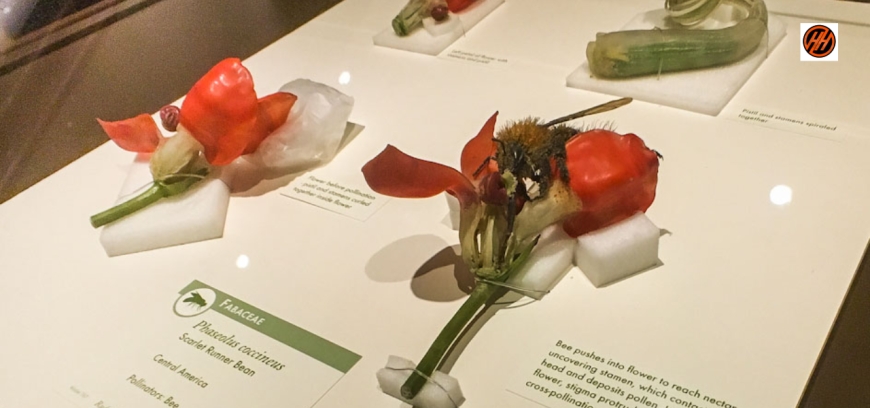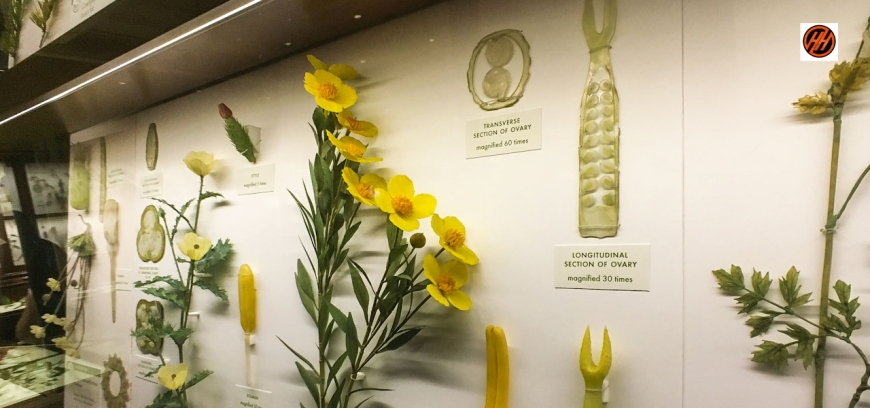Why Scientists Call the Valley of Flowers Trek a Living Floral Lab
Nestled in the Western Himalayas, the Valley of Flowers Trek is far more than a scenic trail. For scientists and botanists, it's a living floral laboratory where nature itself conducts experiments. Home to over 600 species of flowering plants, this UNESCO World Heritage Site has become a crucial destination for ecological and botanical research.
The trek takes you through a landscape that bursts into vibrant colors from July to September. During this peak blooming season, researchers from across the world visit to study plant behavior, pollination patterns, and the effects of climate change on alpine flora. The Valley serves as an open-air laboratory where you can observe real-time biodiversity in action.
One of the unique features of the Valley of Flowers Trek is its elevation gradient, which ranges from 3,300 to 3,900 meters. This creates microclimates that support different plant species at different altitudes. Such ecological variety is rarely found in a single trek, making it a goldmine for field studies.

What makes this trek even more fascinating is the coexistence of medicinal plants, endangered species, and rare Himalayan herbs. Scientists have documented several plants here with anti-inflammatory, anti-fungal, and even anti-cancer properties. It's a place where folklore meets science, as many local medicinal practices have been validated by modern research.
Apart from flora, the Valley also plays host to a variety of fauna including snow leopards, blue sheep, and Himalayan monals. The interconnectedness between plant and animal life provides insights into ecological balance and sustainability.
The Valley of Flowers Trek doesn't just offer breathtaking views; it opens up a world of scientific exploration. Whether you're a researcher, a trekker with curiosity, or a nature lover, this trail teaches you to observe, question, and learn. In a world racing against biodiversity loss, this Himalayan gem reminds us why conservation and curiosity must go hand in hand.
What's Your Reaction?
 Like
0
Like
0
 Dislike
0
Dislike
0
 Love
0
Love
0
 Funny
0
Funny
0
 Angry
0
Angry
0
 Sad
0
Sad
0
 Wow
0
Wow
0


































